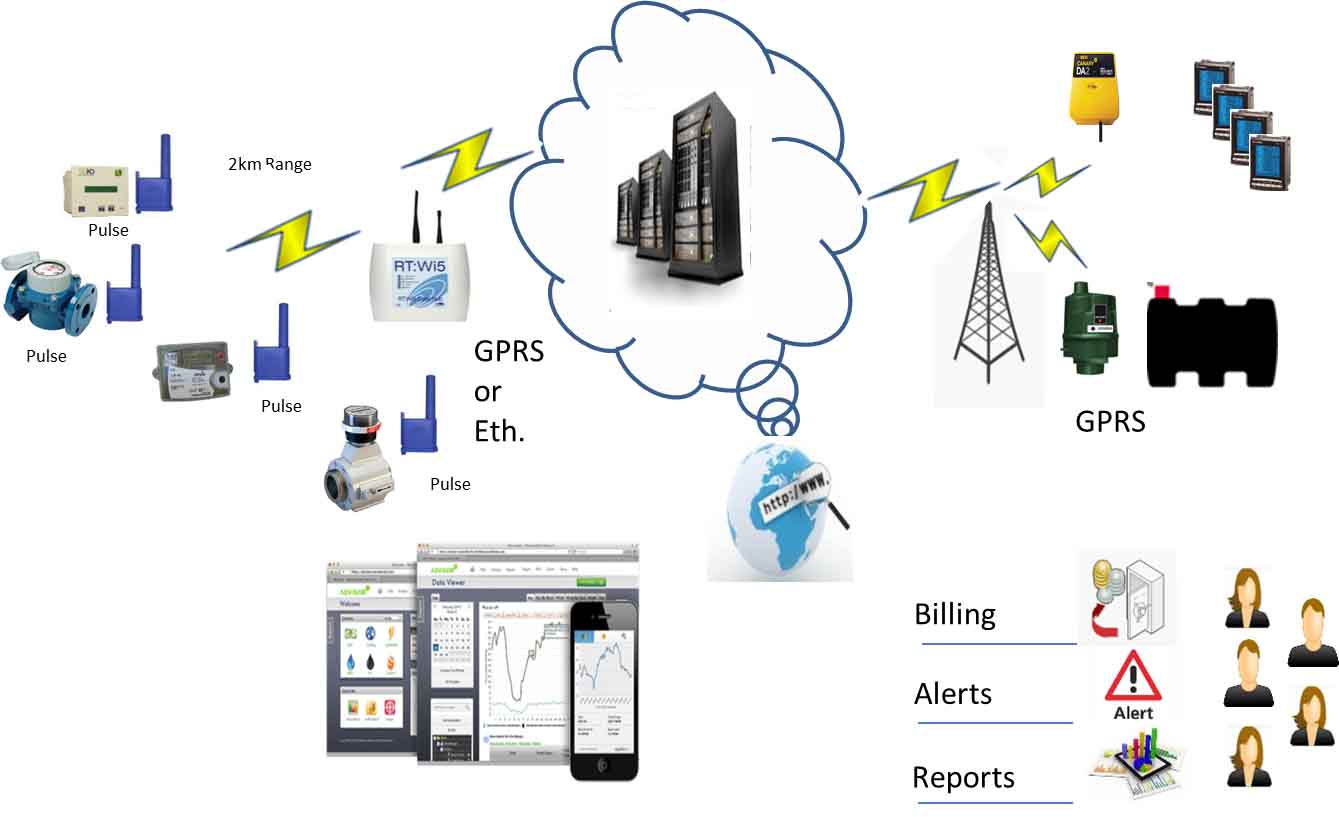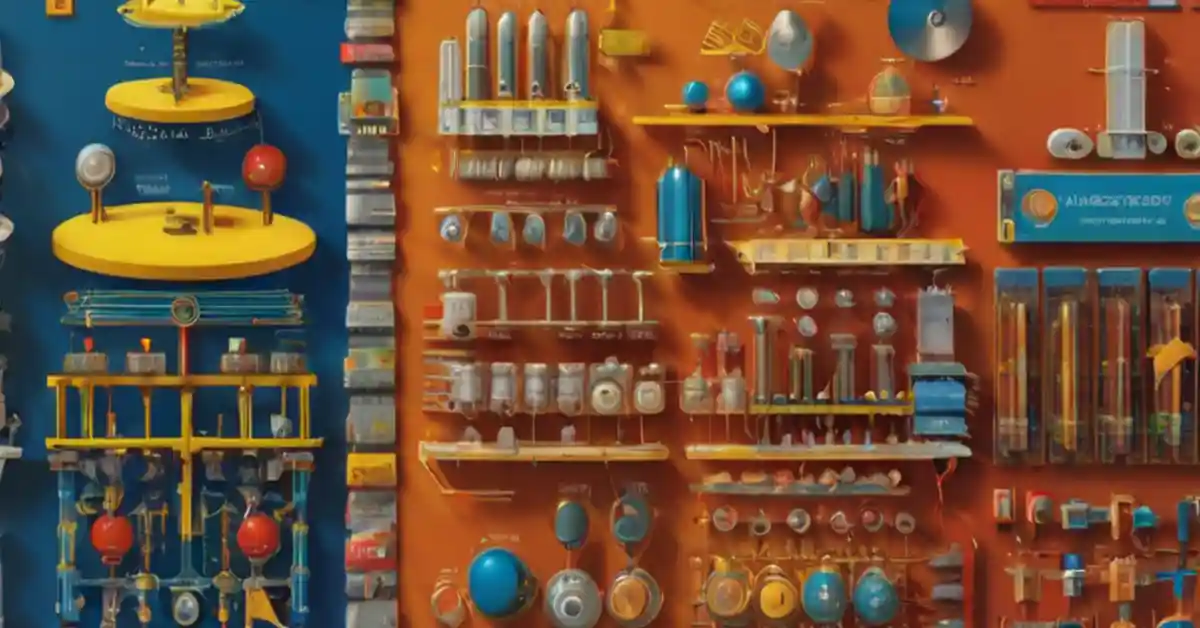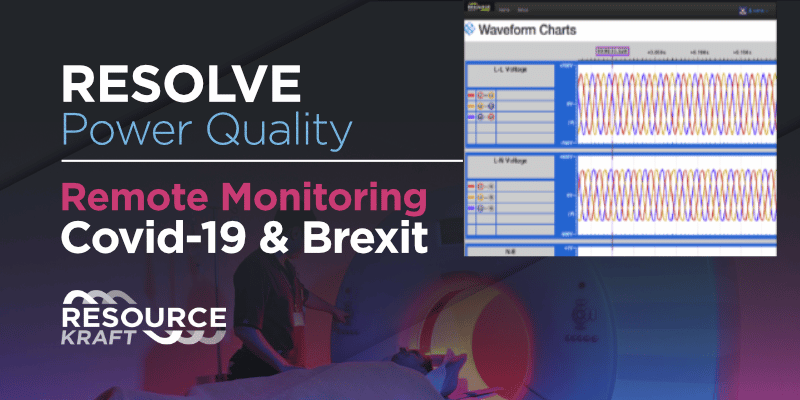Need real time information on your water, oil, gas, heat, steam or electrical use and finding access an issue? Fed up with climbing down manholes or up access shafts just to read meters?

Remote meter reading – It’s easier than you thought
How do you reduce risks and obtain the quality of data I need?
How do other organisations such as Aer Lingus, Architectural & Metal Systems, The Defence Forces, OPW and others do this so easily and effectively?
How is this done?

When it comes to delivering automated meter reading and reporting systems, it is essential to use the right tools for the job.
The equipment needs to be of industrial specification, be environmentally sealed, so it can work outdoors and in wet areas. There should be options that work in pits sometimes immersed in water, ATEX certified to work for Gas and other inflammable fuels, provide temperature and humidity measurement.
Where access is difficult and there is no power available, a battery operated transmitter is needed. This should be able to transmit every 15 minutes for up to 10 years monitoring energy.
It should be as wireless as possible, both to avoid the difficulties of obtaining a broadband connection and the challenges of obtaining IT approval for connecting to their network.
Wireless Energy Monitoring-Getting it done:
Utilising VHF and GSM Wireless technologies, ResourceKraft have been implementing radio based meter data acquisition systems in Ireland for over 8 years. No matter where the meter is, the technology will read it consistently and provide readings to you in 15 minute intervals. All data is transmitted to our ‘Cloud’ servers for storage every 15 minutes, for provision on an energy management information system where we monitor the data quality 24/7 to ensure your data will never be lost.
You can have hundreds of meters, scattered across your worksite, the country or the world, with all metering information linked to one main system. It is quick and easy to install and has a backup battery for mains disconnection warnings.
Why wouldn’t you?









